Modern washing machines are equipped with advanced self-diagnosis tools. In most cases, they are ready to tell us about all the malfunctions that occur on board. To do this, many machines are equipped with liquid crystal or LED displays, on which, in the presence of a breakdown, fault codes are displayed.
In this article, we decided to tell you about the errors of the washing machine of this brand, and in our other articles you can read Bosch washing machine reviews.
The error codes presented in the table are valid for all modern washing machines manufactured under the Bosch brand. Using this table, you can quickly find out what happened to your equipment.
If, suddenly, you did not find your error code in the table, you can ask a question in the comments.
| The code | Description of the problem | Possible causes |
| F01 | Loading door not closed |
|
| F02 | No water supply |
|
| F03 | Water does not drain (error code is only displayed if the machine was unable to drain the water within 10 minutes) |
|
| F04 | Water leak |
|
| F16 | Loading door not closed |
|
| F17 | No water coming in |
If after a certain time the water supply does not start, the current program will be reset, draining will begin. |
| F18 | Long drain water |
When this error occurs, the washing program is interrupted. |
| F19 | Too long water heating |
|
| F20 | Heating water during emergency hours |
This error indicates that the water temperature rises at the moment when the heating element should be turned off. The current washing program is suspended, the "Important fault" mode is activated.
|
| F21 | Incorrect engine operation (does not rotate, rotates unevenly) |
In the absence of successful attempts to start the engine, the machine enters the "Important malfunction" mode. |
| F22 | Malfunction of the NTC sensor (temperature sensor) |
Further operation of the washing machine is carried out without heating the water. |
| F23 | Operation or malfunction of the Aquastop system |
|
| F25 | Damage or incorrect operation of the aquasensor |
Further operation of the machine is carried out without rinsing. |
| F26 | Critical error - pressure switch malfunction |
When this error occurs, the machine stops, indication and control are blocked. |
| F27 | Pressure switch setting error |
|
| F28 | Water flow sensor failure |
The sensor incorrectly estimates water volumes.
|
| F29 | Flow sensor signals lack of water |
|
| F31 | The water level in the tank is above the maximum mark |
The washing machine tries to remove all excess water.
|
| F34 | Loading door lock malfunction - washing machine door lock won't close |
If this indication is present, further program execution is blocked. |
| F36 | Lock malfunction |
Error F36 is critical, program execution is suspended. |
| F37 | Faulty NTC temperature sensor |
Washing programs continue without water heating.
|
| F38 | Faulty NTC temperature sensor |
Washing programs continue without water heating.
|
| F40 | Synchronization error | The error is shown when the supply voltage does not match the nominal and permissible values (the voltage is greatly reduced or too high). |
| F42 | Critical error - high engine speed |
The operation of the machine is suspended, indicators and controls are blocked.
This malfunction is diagnosed in service centers, as it requires diagnostic and measuring equipment. |
| F43 | Lack of rotation of the engine - a critical error |
|
| F44 | Critical error - the drum does not rotate in the opposite direction |
|
| F59 | 3D Sensor Malfunction |
The result of a breakdown is a decrease in engine speed. The following are subject to verification:
The module firmware is being checked. |
| F60 | Water flow sensor malfunction (low or high value) |
|
| F61 | Critical error - wrong door signal |
The execution of the current program is interrupted, control and indication are blocked.
|
| F63 | Critical Error - Functional Protection Problem |
There may be software errors or a processor malfunction on the control module. Program execution stops, indication and control are blocked.
|
| F67 | Critical error - card encoding error |
Control board failure.
|
| E02 | Engine malfunction |
|
| E67 | Invalid module encoding | The malfunction is eliminated by flashing the control module or replacing it. |
By deciphering Bosch error codes, we can quickly identify the malfunction and carry out diagnostic and repair work. If necessary, call a specialist from the service center. Bosch washing machine errors are reset by briefly disconnecting them from the mains.In some cases, it is necessary to de-energize the equipment for 15-20 minutes. We also posted information about Samsung washing machine errors.


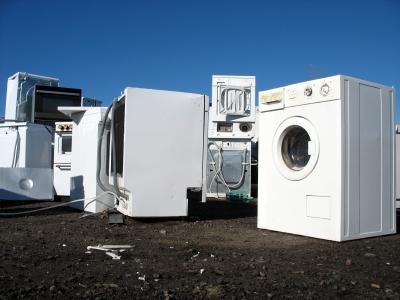
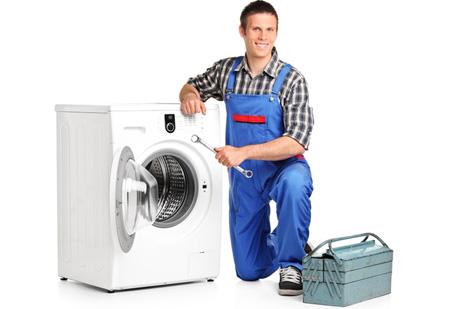
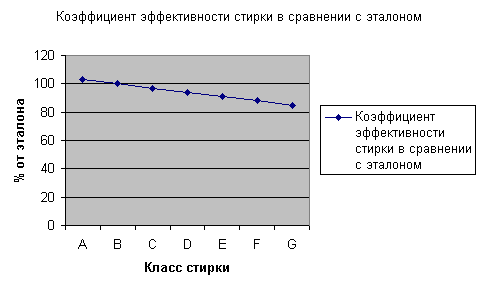
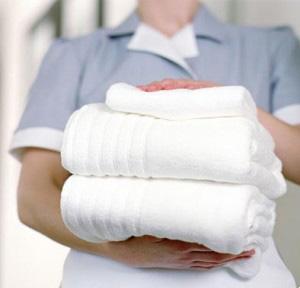
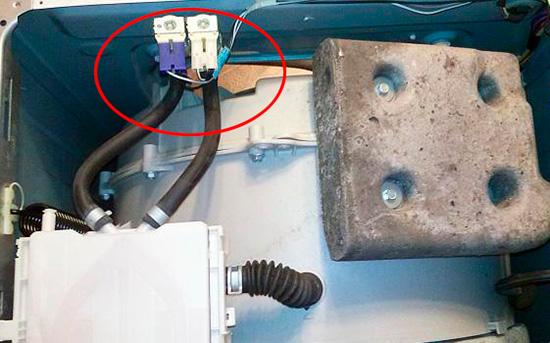

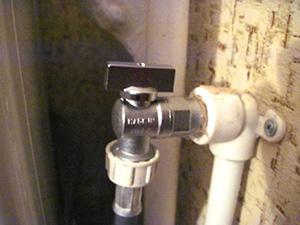
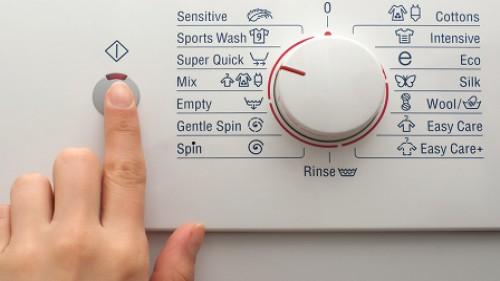

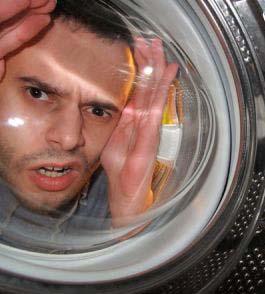
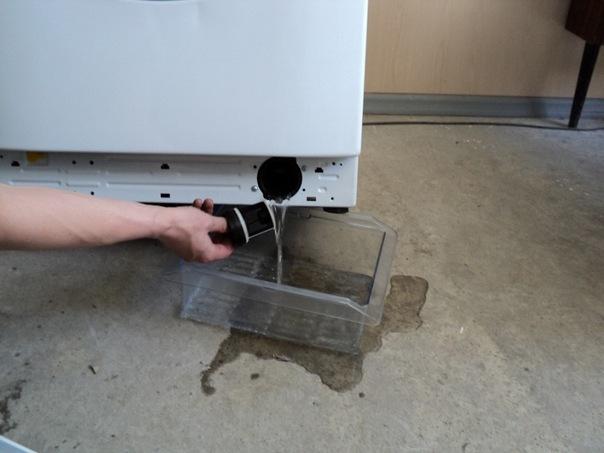
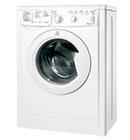
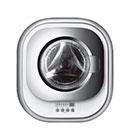
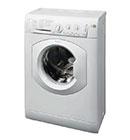
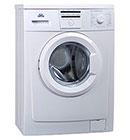
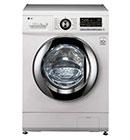
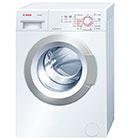
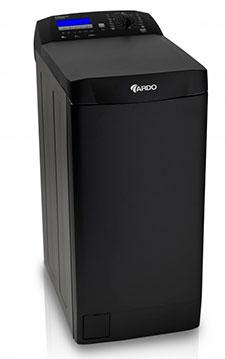
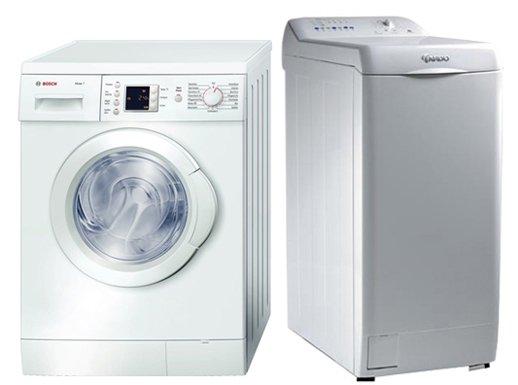
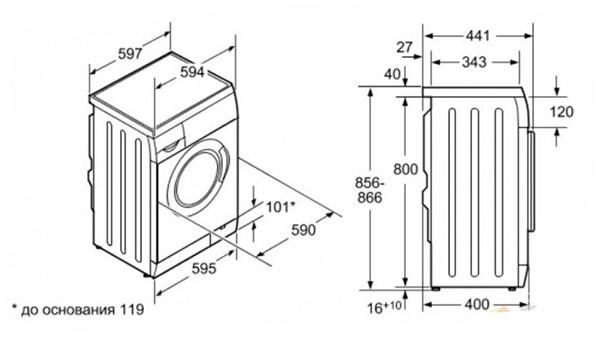
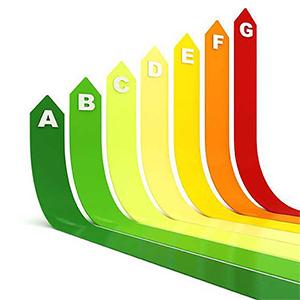
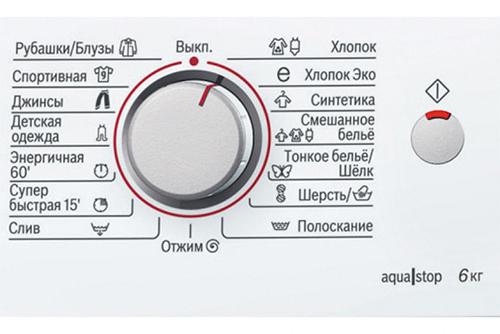
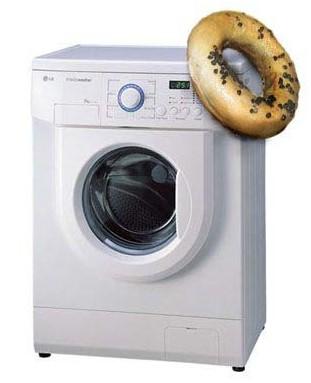

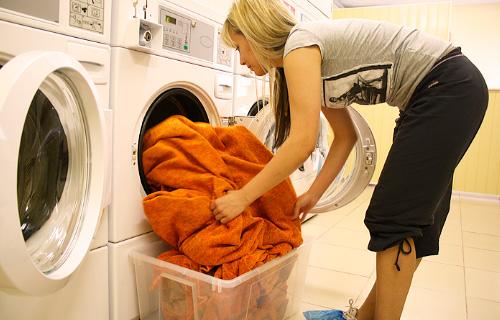
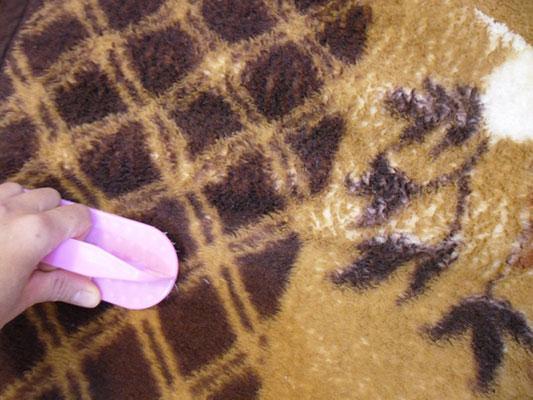
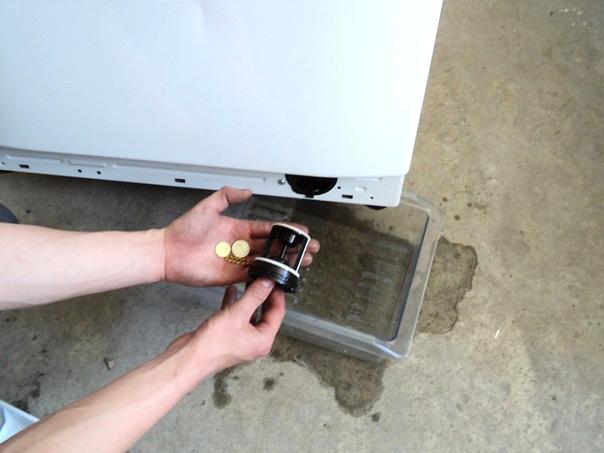
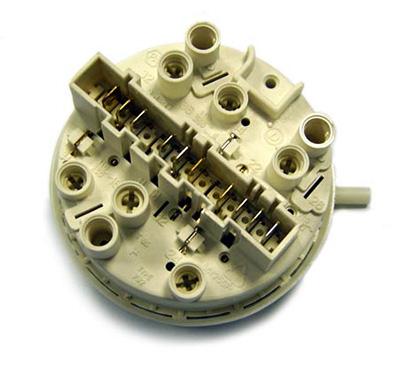
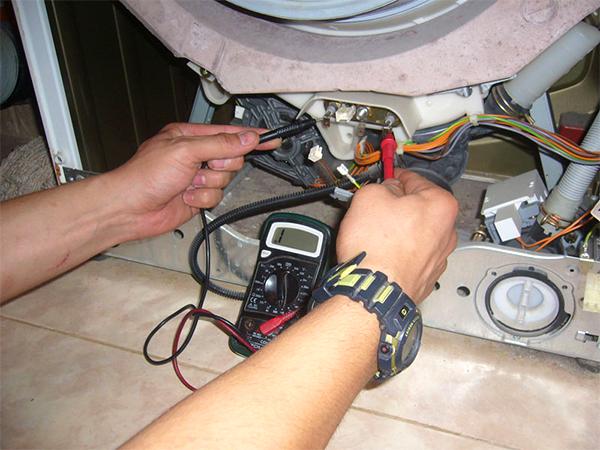
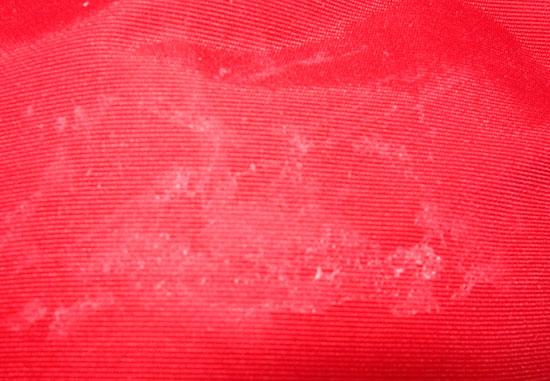
 Bosch washing machines
Bosch washing machines Whirlpool washing machines
Whirlpool washing machines  Washing machines
Washing machines Hotpoint-Ariston washing machines
Hotpoint-Ariston washing machines  Washing machines
Washing machines Washing machines
Washing machines Washing machines
Washing machines  Washing machines
Washing machines